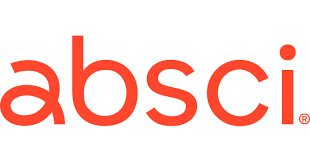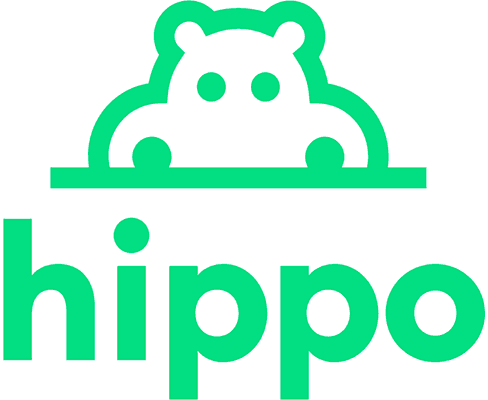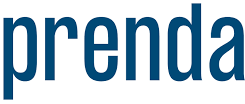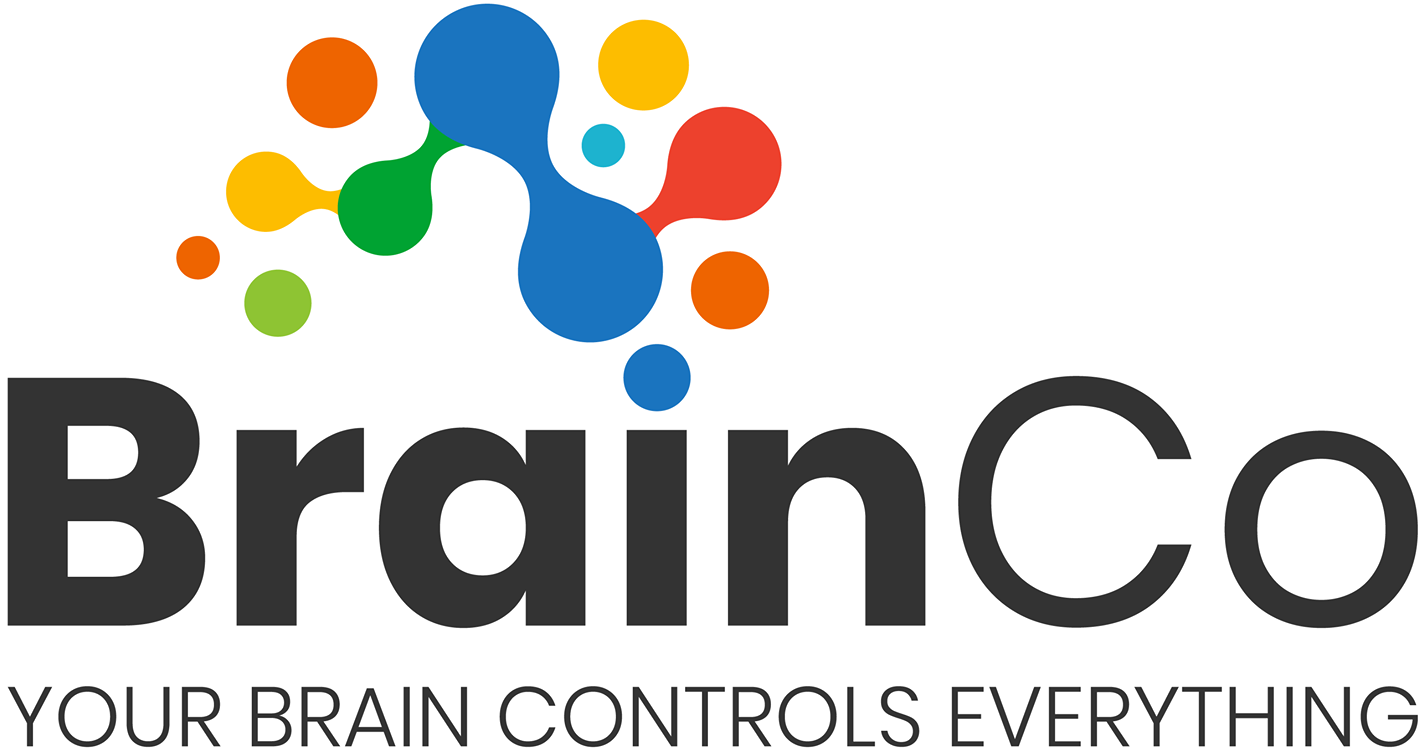





























Increased test coverage by 35% through implementation of risk-based testing strategies
Reduced bug escape rate by 50% by introducing exploratory testing techniques
Developed and maintained comprehensive test documentation, improving team efficiency and knowledge sharing
Liam led the testing efforts for a mobile banking app update. He designed and executed a test plan that covered functionality, usability, and security aspects. His meticulous approach uncovered several critical issues before release, resulting in a smooth launch with a 99% user satisfaction rate.
Automated 60% of regression tests, reducing testing time from 1 week to 2 days
Improved defect detection rate by 40% through implementation of boundary value analysis
Collaborated closely with developers to implement shift-left testing practices, catching bugs earlier in the development cycle
Amelia spearheaded the quality assurance for an e-commerce platform’s checkout process redesign. She conducted extensive user acceptance testing and identified several usability issues. Her insights led to UI/UX improvements that increased the checkout completion rate by 25%.
Reduced critical production bugs by 70% through implementation of thorough integration testing
Improved test efficiency by 30% by developing reusable test scripts
Mentored junior QA team members, fostering a culture of continuous learning and quality-first mindset
Raj was responsible for testing a complex data migration process for a healthcare system. He designed comprehensive data validation tests and collaborated with the development team to ensure data integrity. His efforts resulted in a successful migration with zero data loss and minimal downtime.
Increased mobile app stability by 55% through rigorous cross-device compatibility testing
Reduced average time to detect performance issues by 45% using specialized testing tools
Implemented best practices for accessibility testing, ensuring compliance with WCAG 2.1 guidelines
Sofia led the testing efforts for a real-time collaboration tool. She designed and executed performance tests simulating high-concurrency scenarios. Her work identified and helped resolve several scalability issues, enabling the platform to handle a 300% increase in simultaneous users.
Achieved 95% test coverage for critical business workflows through a combination of manual and automated testing
Reduced average bug fix time by 30% by providing detailed, reproducible bug reports
Pioneered the use of visual regression testing tools, improving the efficiency of UI testing
Marcus was the lead QA tester for an AI-powered customer service chatbot. He developed innovative testing approaches to validate the chatbot’s responses across various scenarios. His thorough testing and feedback contributed to improving the chatbot’s accuracy by 40% and user satisfaction by 35%.
With our extensive candidate network and dynamic team search approach, Redfish recruiters can greatly reduce your time to hire compared to in-house hiring processes.
Redfish recruiters handle every step of the process, including finding talent, screening candidates, scheduling interviews, conducting reference checks, and negotiating the offer, freeing up your in-house HR staff to focus on their other responsibilities.
We form the same in-depth relationships with clients that we establish with candidates, taking the time to fully understand your company and needs and giving each client a single point of contact for all communications.
We understand the roles we recruit for inside and out, whether that’s the technical jargon familiar to engineers and programmers or the skills that make an exceptional sales or marketing hire. When we send along a candidate, you can trust they have what it takes to excel.
With 20+ years in the recruiting industry, Redfish Technology has built an extensive network of connections and candidates, and our reputation precedes us. We’re a recruiting firm top talent wants to work with, giving you access to better talent than you’ll find from other services.



Look for candidates with a bachelor’s degree in computer science or related field, strong analytical skills, and experience with testing methodologies.
While not always essential, basic programming knowledge is beneficial as it helps testers understand code structure and write test scripts.
Familiarity with bug tracking tools, test management software, and automated testing frameworks is highly desirable.
Use practical tests or scenarios that require identifying subtle errors or inconsistencies in software applications.
Ideally, seek candidates proficient in both, as a combination of manual and automated testing skills is often most effective.
Look for excellent communication skills, teamwork ability, and a patient, methodical approach to problem-solving.
Present them with complex testing scenarios and ask them to explain their approach to identifying and resolving issues.
While helpful, it’s not always essential. Focus on transferable skills and the ability to quickly learn new domains.
Ask about their experience with tight deadlines and how they’ve handled simultaneous testing projects in the past.